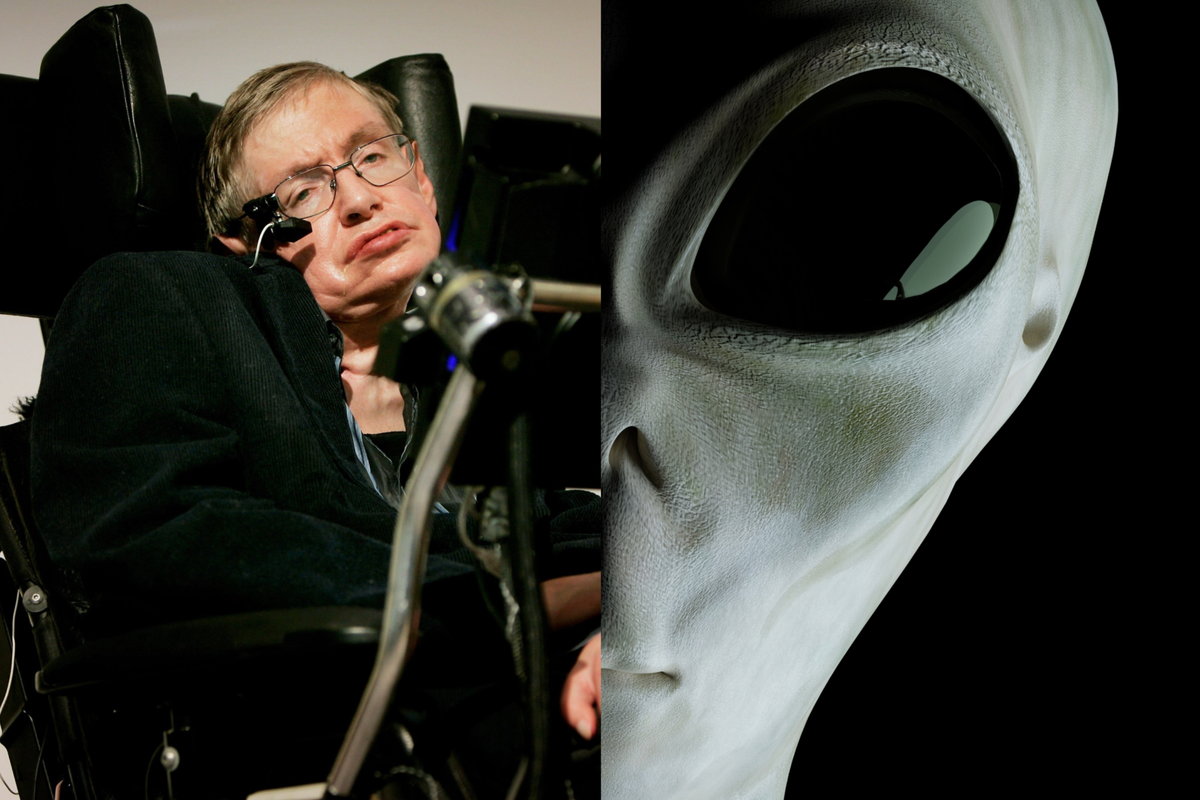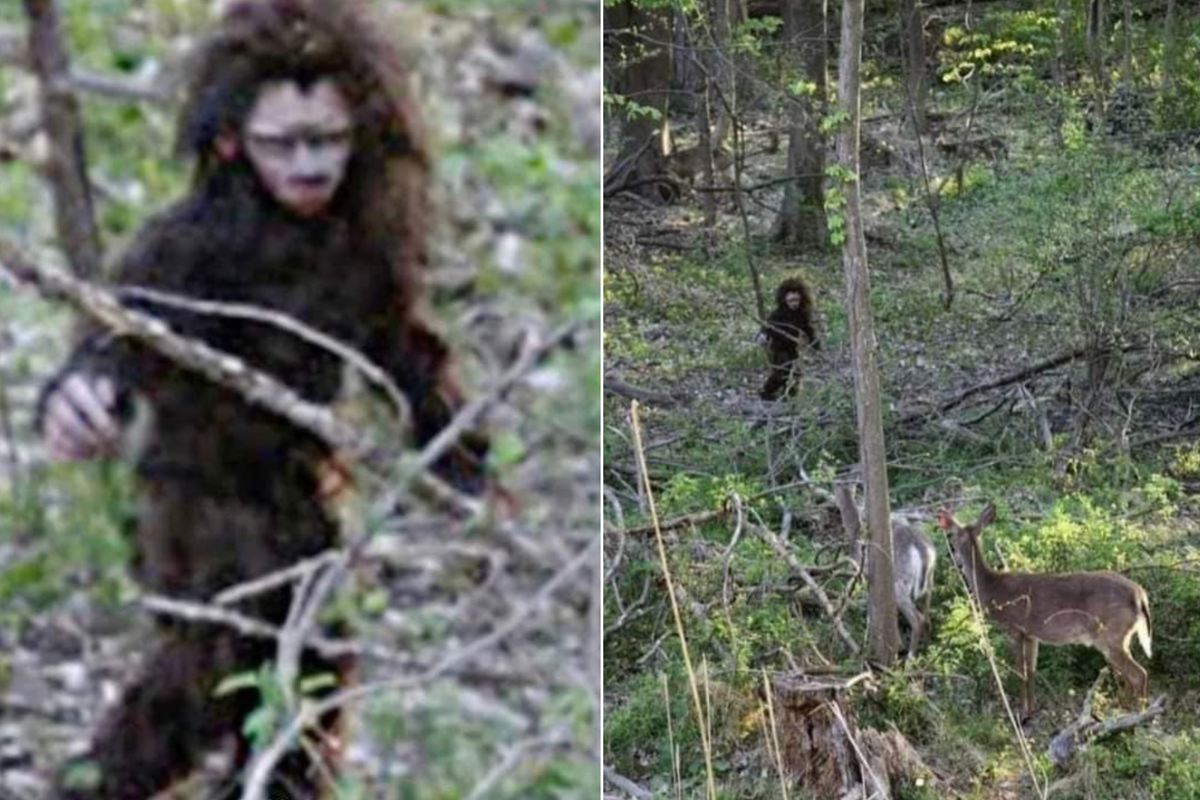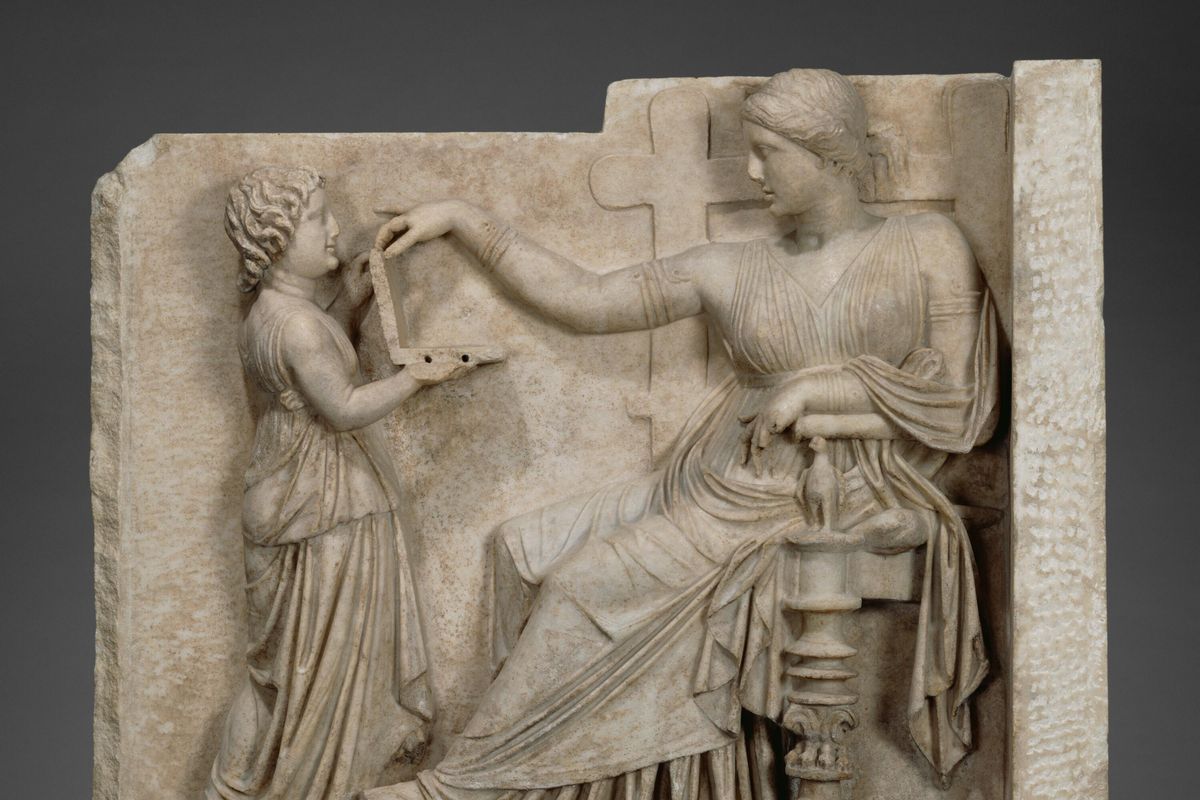Harriet Brewis
Oct 02, 2023
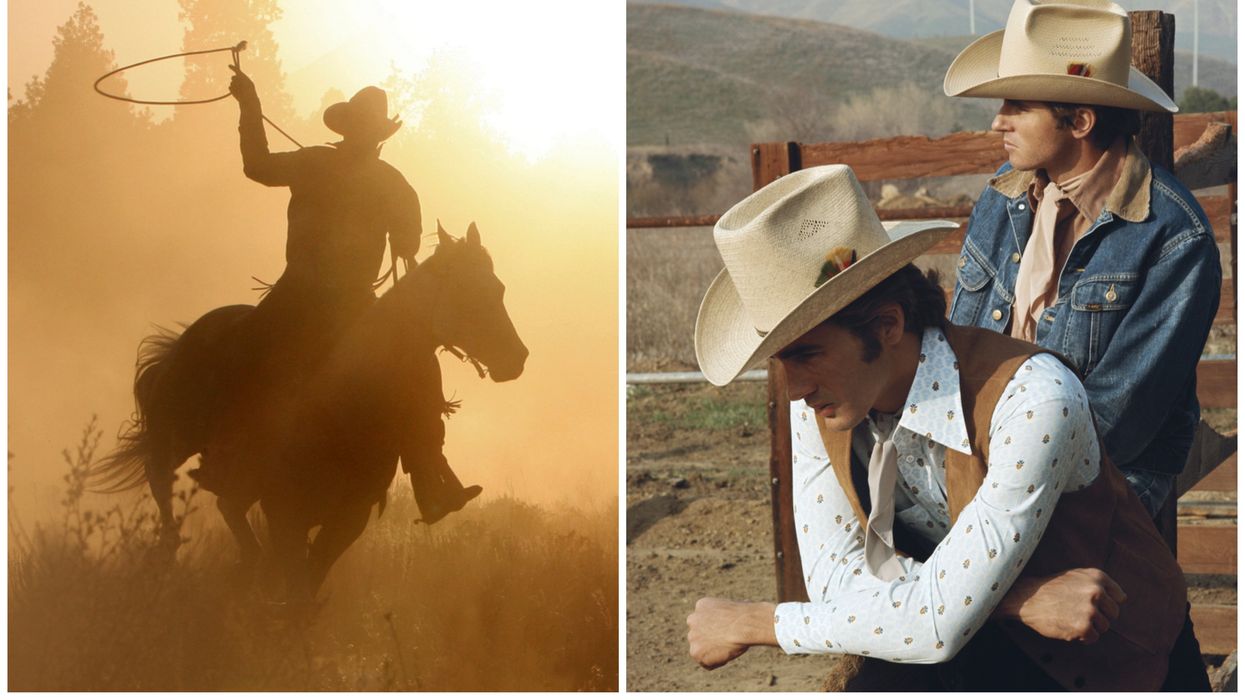
Researchers have made a surprising discovery about America's first cowboys
iStock
Nothing embodies nostalgic Americana quite like a furrow-browed cowboy, sliding off his horse and striding into a dusty saloon.
And yet, new scientific analysis suggests we need to rethink this cinematic cliché entirely.
That’s right, step aside John Wayne and Clint Eastwood, the real first cowboys in the US were most likely from Mexico and the Caribbean, and most of them were slaves.
To learn about the identity of the first cowboys, you first have to take a step back – to the cows themselves.
Researchers at the Florida Museum of Natural History did just that; delving into the origins of the first cattle which made it over to North America in the 16th Century.
For their study, which was published in the journal Scientific Reports, the team consulted historical documents, which suggest that the first domestic cows were brought to the Caribbean from Europe in the late 1400s.
These were then bred locally and imported to other regions, including Mexico and Panama.
The team, led by zooarchaeology specialist Nicolas Delsol, analysed the DNA of 21 cows that were discovered at sites in Mexico and Haiti that date back to the 16th and 18th Centuries.
They found that whilst seven of these samples had genetic ties to Europe as expected, one of the specimens from Mexico had a more surprising backstory.
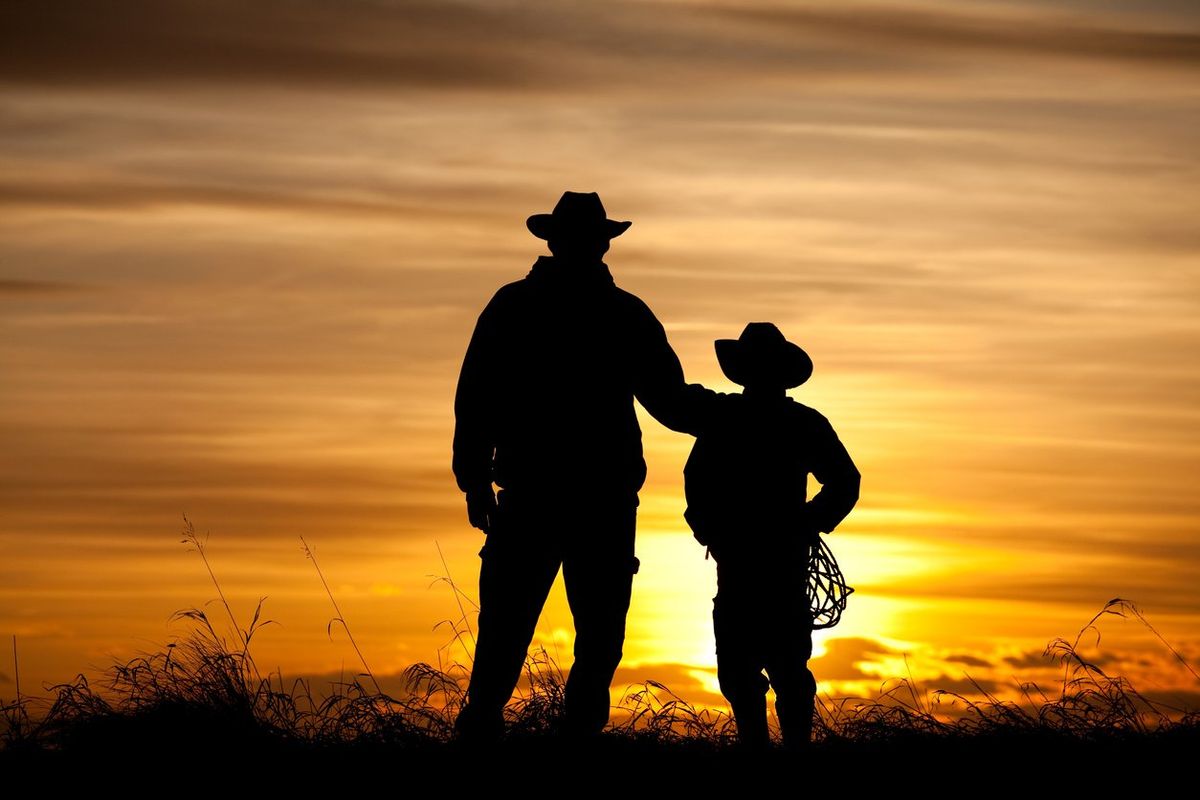
This one, found at a site called Bellas Artes, had a lineage that appeared to extend directly from Africa, and would have arrived in the Americas in the early 17th Century.
"This finding supports recent trends in the history of slavery and the central role of African enslaved workers in the implementation of cattle ranching," Delsol told Live Science.
The finding has left Desol and his colleagues with the working hypothesis that as cattle ranching expanded in the 16th century, the need for skilled workers who could tend to the cows grew with it.
Because the animals were new to the region, the so-called New World’s indigenous populations had no experience with them, and so didn’t know how to handle them.
Historical records suggest that, as a result, slave traders turned to Western Africa where they abducted people with cattle herding experience.
Desol and his team now believe that their cows and the enslaved people were brought over together.
“The question of the potential African origin of some colonial cattle is of immense historical significance and has deep social and cultural ramifications, particularly when considering the central role played by African workers in setting up the ranching industry in the colonial Americas”, they wrote in their paper.
“Our archaeological genetic evidence of cattle parallels these documented aspects of the early Spanish Empire in the Americas: the organization of the colonial labor system, the timing of the African slave trade, and the high specialization of enslaved workers in cattle management.
“Our data, while not fully conclusive, further support the hypothesis that cattle were also imported from Africa to the Americas, highlighting the central role of African herders in the emergence of the new agricultural landscape mainly based on cattle ranching.”
The whole thing is yet another reminder that history isn’t as clear as school books and pop culture might have us believe.
Sign up for our free Indy100 weekly newsletter
Have your say in our news democracy. Click the upvote icon at the top of the page to help raise this article through the indy100 rankings.
Top 100
The Conversation (0)





